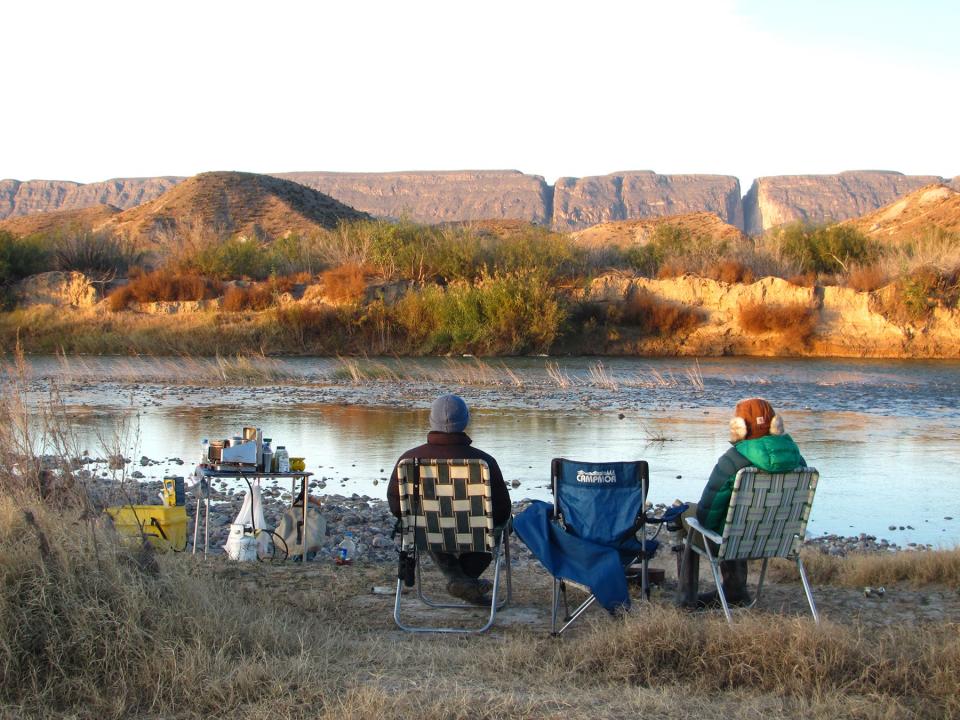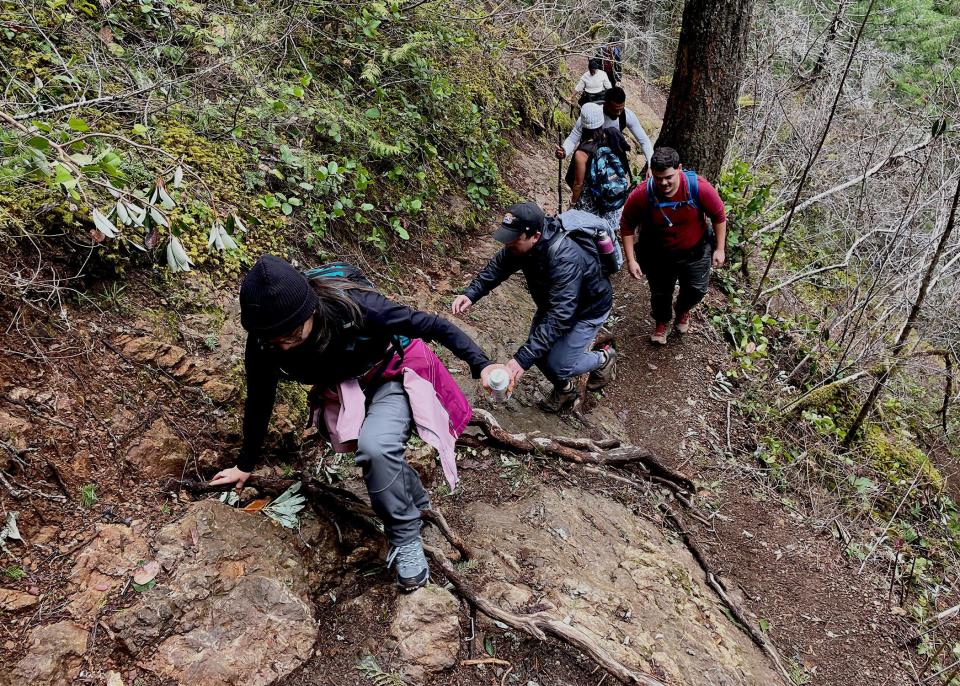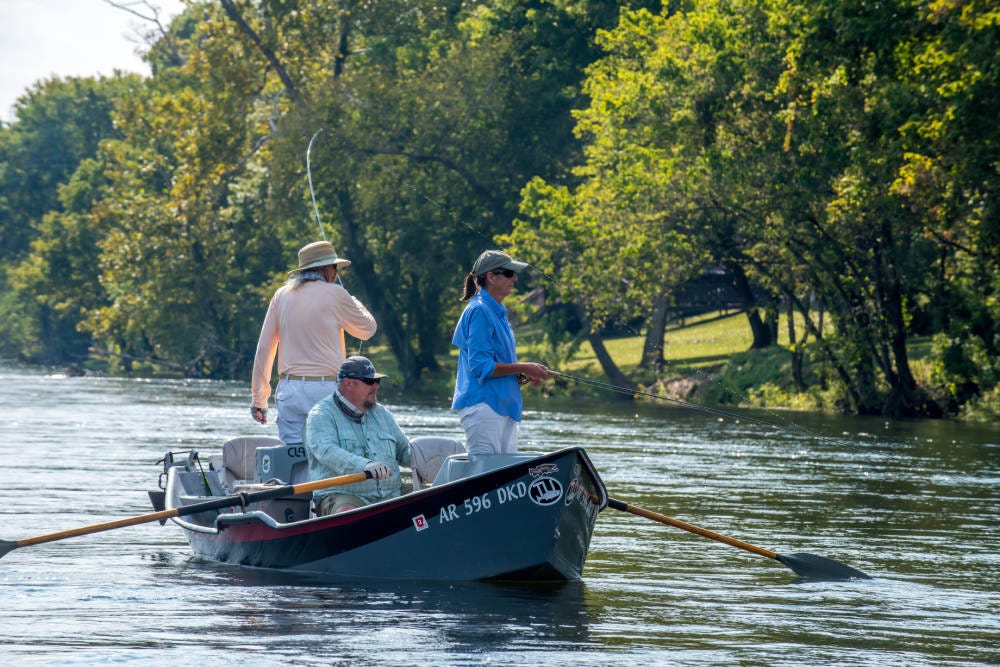There are more federal lands and waters than you can explore in a lifetime.
And there’s a free tool to help find the best ones for you. Recreation.gov is a one-stop shop for planning adventures in the great outdoors.
“Our job with Recreation.gov is to set people out to have the best experience they can, and when they know what to expect, they know how to prepare, they know what passes they might need, if their entry fees, if they need time, reservations, anything like that,” said Janelle Smith, who works for the U.S. Forest Service and Recreation.gov Public Affairs.
Here’s how to use the site to plan your next getaway or level up your next road trip.
Is Recreation.gov a real website?

Yes. Fourteen federal agencies, ranging from the National Park Service to the U.S. Army Corps of Engineers, use Recreation.gov as a “centralized travel planning and reservation platform,” according to the website.
“All of our federal agencies that participate in Recreation.gov share their data with us, even if it’s not a reservable location,” said Smith. Travelers can use that data to find points of interest across the country. “Today, there are about 5,000 recreation areas and 121,000 individual sites available to reserve on Recreation.gov.”
Where is a good place to camp?


To find highly rated campgrounds near you, use the map tool in the middle of the homepage or select the Camping & Lodging thumbnail near the top. Either can help you search Recreation.gov’s database of campgrounds and other accommodations, which you can narrow by rating as well as distance, price, availability, and even mobile coverage. You can click on each location to find additional details like rules, activities and nearby attractions.
You’ll need to create an account on the website to make a reservation.
“There’s many reasons for that, the most important being those local managers, who manage the locations where you’re going to visit, need to be able to communicate with you for things like maybe a fire emergency or flooding or anything that could impact your stay,” Smith explained.
How do I plan where to stop on a road trip?
Recreation.gov’s Trip Builder can help you find all sorts of scenic places to stop, whether for a picnic or a full park day.
From the homepage, click on Plan Your Vacation with Trip Builder. From there, you can enter a starting point and destination and filter what you’d like to do along the way. Do you want to go hiking or snorkeling? Are you interested in historical and cultural sites or simply driving around and looking at scenery? You can indicate how far out of the way you’re willing to go for these destinations.
“I can set this buffer zone right here to, say, 50 miles outside of my route,” Smith said. “It will show me then all of the different recreation opportunities along that route … that I wouldn’t have known about otherwise just driving along the road.”
From Acadia to Zion: What travelers should know about each of America’s national parks
Can you just show up to a national park?


Sometimes. Most national parks do not require reservations for entry. Of those that do, most only require reservations for certain areas, during certain times, like summit sunrises at Haleakalā National Park in Hawaii.
Some may require reservations or fees for specific activities, like cave tours at Mammoth Cave National Park in Kentucky. Others may require activity permits or lotteries, like hiking Angels Landing at Zion National Park in Utah.
“If a location requires a permit, it’s typically a location that is extremely popular and the demand is greater than the capacity of that experience,” Smith said. She encourages travelers to consider less visited destinations.
“All the participating agencies of Recreation.gov, beyond the big national parks, have hundreds and thousands of amazing locations that people may not know about,” Smith said. “By venturing out just beyond sort of the known areas, I think you can discover parts of this country that are really surprising, and they have so much to offer.”
This article originally appeared on USA TODAY: Where to camp, hike and explore. This free tool helps get you there.
